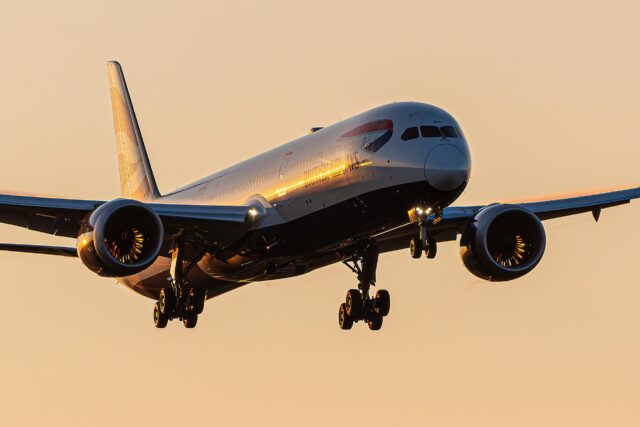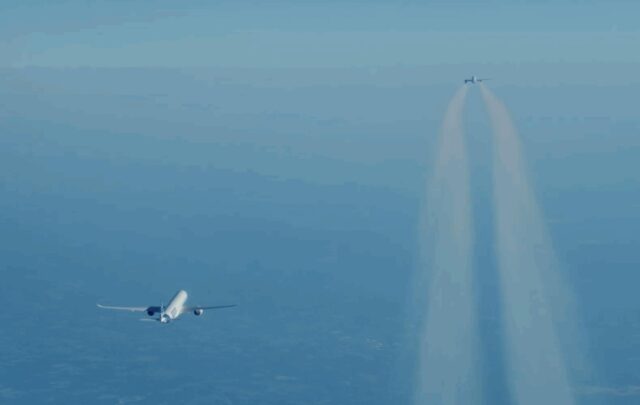Windracers ULTRA drone helps British Antarctic Survey unlock hidden magma under Antarctic ice

July 29, 2025

The Windracers ULTRA, an uncrewed heavy-lift drone developed and operated by UK-based Windracers, completed a series of Beyond Visual Line of Sight (BVLOS) missions on behalf of the British Antarctic Survey (BAS).
The project, part of the SWARM initiative funded by Innovate UK, marks a major milestone in the use of large uncrewed aircraft to support high-impact environmental research.
How Windracers ULTRA helps the British Antarctic Survey
Using ULTRA’s long-range autonomous capabilities and heavy payload capacity, scientists were able to deploy advanced gravity and magnetic sensors across previously inaccessible parts of the Antarctic Peninsula.
The new data, published this month in the Journal of Geophysical Research, reveals the presence of vast frozen magma bodies buried beneath the sea ice, offering fresh insight into the formation and deformation of the Earth’s crust in this remote region.
Until now, the lack of data from these areas had severely limited scientific understanding. In addition to geophysical readings, ULTRA captured photographs of newly explored islands that show how ancient rock structures were uplifted by tectonic forces.

“Working with Windracers on this research was an exciting opportunity to take the concept of large uncrewed aerial vehicle delivering environmental science data from a dream to a demonstrated reality,” says Tom Jordan, geophysicist at the British Antarctic Survey.
“This project paves the way for new ways of collecting data across multiple science areas around Antarctica, providing insights into the continent’s past, and the critical information needed to monitor and predict how the continent will change in response to the warming climate into the future.”
The ULTRA: Going places no other aircraft can go
The Windracers ULTRA platform is designed for long-range, autonomous missions with a payload capacity of 100 kg and a range of up to 1,000 km. Its ability to fly BVLOS and operate in extreme conditions makes it well-suited to both logistics and survey work in isolated regions.

“We’re proud to support the world-class scientists at British Antarctic Survey and play a role in deepening our understanding of climate systems and sea-level change,” says Stephen Wright, founder and group executive chairman of Windracers.
“We are grateful to the British Antarctic Survey for their ongoing collaboration with Windracers. These original missions demonstrate how Windracers ULTRA is already delivering real-world impact and operating in one of the world’s most challenging environments.”
The SWARM project has successfully demonstrated the ULTRA drone’s suitability for real-world survey and logistics missions in hostile environments. The findings are expected to inform future deployments not only in polar regions but also in other remote or disaster-affected areas where traditional aircraft or crewed operations are unfeasible.
Later this year, Windracers will also launch a new operational hub in Malawi to support middle-mile delivery of humanitarian aid across Africa.
















